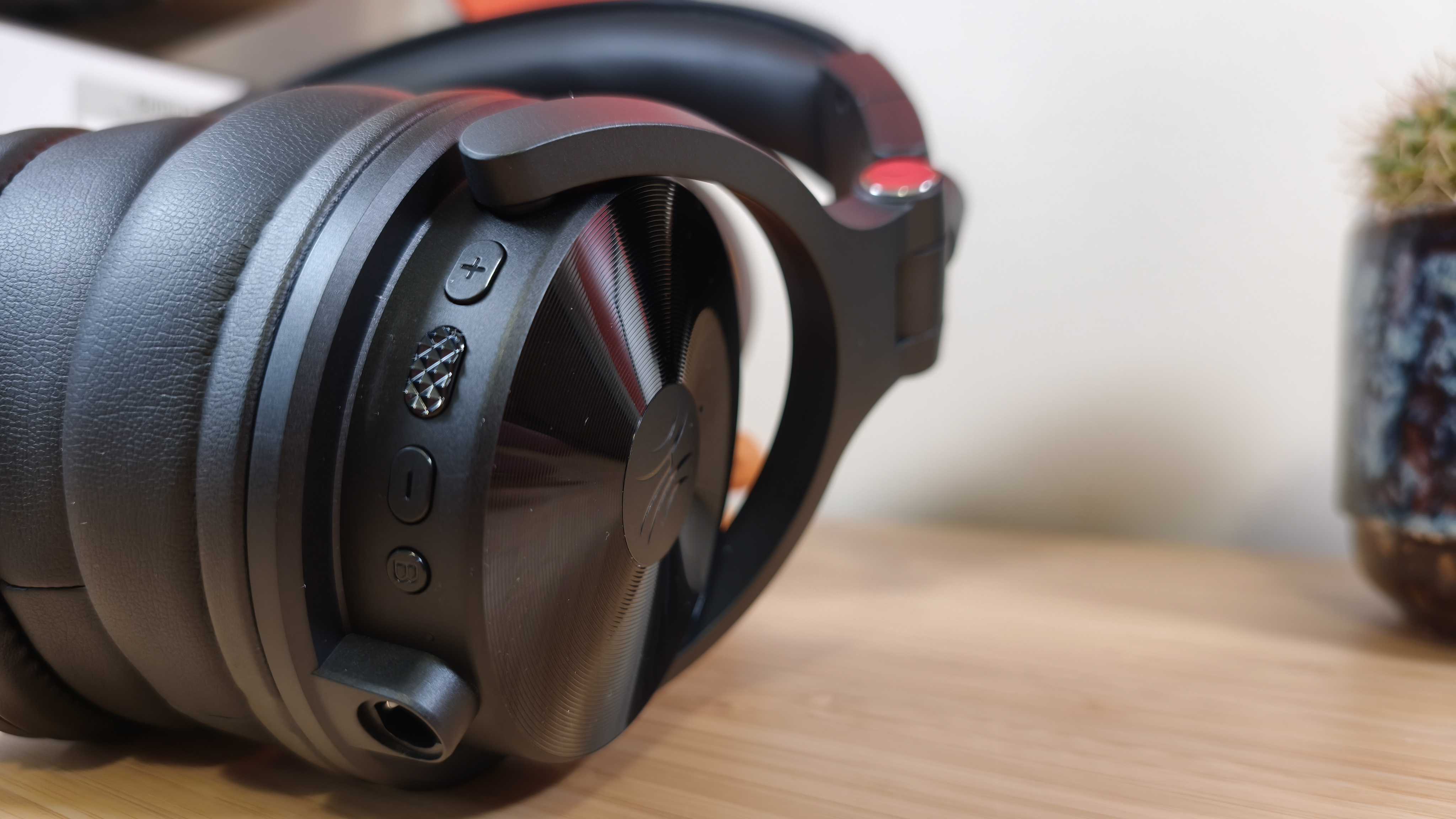7 ways sustainable materials are shaping design
Design increasingly needs to be eco-friendly, but that doesn't mean compromising your vision. Here are some examples of how environmentalism and design can work together.
Making products look good and work well is hard enough, but these days designers are also coming under pressure to ensure materials are sustainably sourced. Demands for more eco-friendly design stem from a desire to save water, energy and mineral resources, and reduce the emission of greenhouse gases.
But that doesn't necessarily mean the old 'sackcloth and ashes' approach to environmentalism. New developments in technology and a trend towards thrifty living are seeing stereotypes of what sustainabile design looks like change. In this article we'll take a look at how a new movement is finding ways to create cool looking designs without sacrificing sustainability.
- Also read how sustainable design can save the world
01. Cardboard chairs
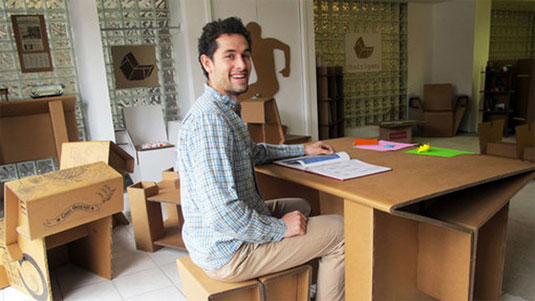
We're all familiar with flat-pack furniture that is (sometimes) easy to piece together but what most of us don't do is take it apart when moving house or office. That's where Chairigami come in - providing lightweight, flatpacking, recycable, and inexpensive products to fill the need for temporary yet durable furniture.
Aiming to rid easy-to-assemble furniture of nasty resins and glue, the company believe in producing recyclable furniture from renewable resources. Each piece of furniture is hand crafted from Triple Wall - a three-ply corrugated board made from 70 per cent recycled cardboard and 30 per cent FSC certified virgin fibre.
The range includes desks, chairs, dining tables and bookshelves. Environmentally friendly and easy to assemble, is this the new saviour of inexpensive furniture?
02. Water In A Box
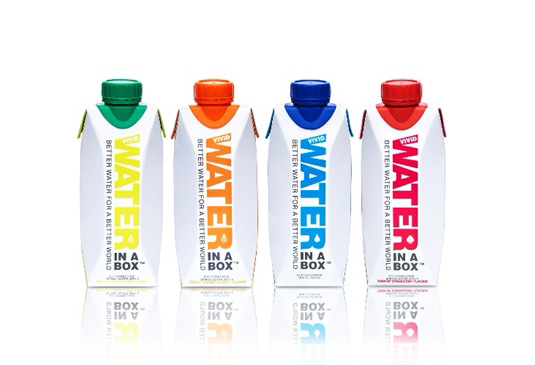
Environmental concerns mean that packaging design is increasingly moving away from plastic - and there can be no better illustration of this trend than Vivid Water's 'Water in a Box' range. It's the UK's first Tetra Pak carton-packaged water product and while you can't see the water itself, the beautiful branding more than makes up for it.
Brighton-based advertising agency Designate is behind this simple and clean design. Made predominantly from renewable and responsibly sourced paperboard, the packaging also has a low impact on the environment and, unlike many many plastic bottles, contains no PET.
Daily design news, reviews, how-tos and more, as picked by the editors.
03. Toys from tin
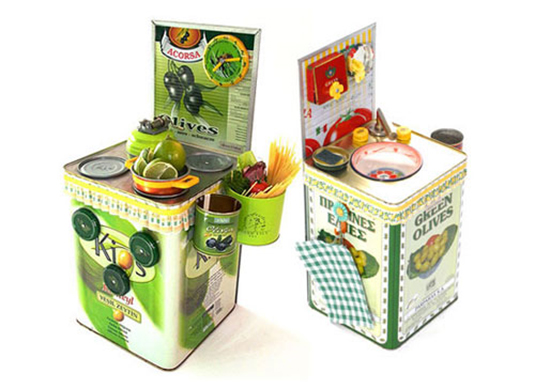
Rafinesse & Tristesse, created by Karin Yilmaz-Egger and Petra Schultz transforms waste olive oil tins into toy kitchens for children. Since then they have created bar stools, coat racks and even seat benches. Each piece is hand made in Germany and Switzerland and unique. "With loving attention to detail we transform everyday waste objects into artistic, playful, and practical products that also benefit our environment," the pair explain.
04. Wheels into wall clocks
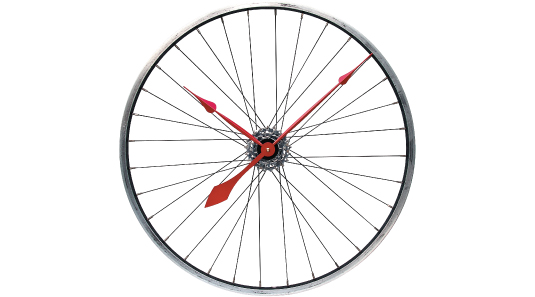
Many designers are embracing the need to source sustainable materials, and in many cases the environmentally friendly element is having a surprising added effect to the end product. Allan Young's '100% timeless' clock saves bicycle wheels from topping the waste pile by turning them into stylish wall clocks, adding a playful twist to design.
Young thrives on this element of surprise, constantly searching for "any kind of cool junk, computers, cameras, watches" to give a new lease of life. Whether it's transforming recycled materials into giant paper peacocks or using waste bicycle wheels to create clocks, design can play a central role in showing the versatility of materials.
05. Fighting the throwaway society
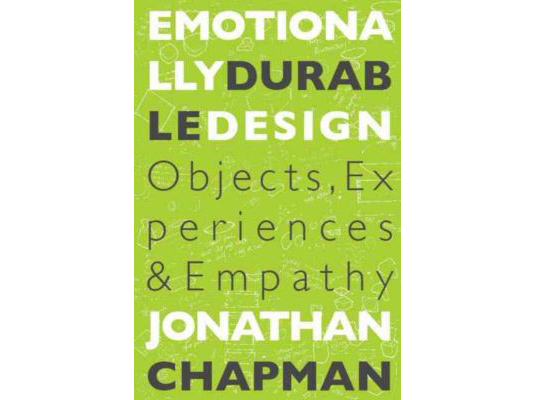
Dr Jonathan Chapman from the University of Brighton developed the theory of emotional durability, suggesting that designers target a 'throwaway society' by adding an emotional attachment to products. This innovative idea, that design can make materials sustainable by enhancing their emotional appeal, is already being developed by sports brand Puma. Dr Chapman is working alongside the brand as a consultant to embed his theory in the designing of future products.
06. Durable materials
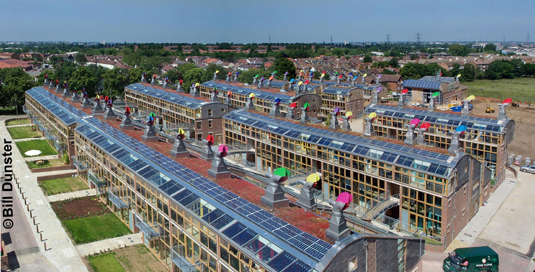
Ensuring design is sustainable is about more than just recycling materials: using durable materials is just as important. The design of the BedZED project was specifically shaped by the desire to be durable. The use of locally sourced untreated oak cladding and local brick in a new 'triple-glazing' design means the house uses 45 per cent of the energy consumed by houses in the surrounding area.
07. Recycled paper art
Production company Banana Split worked with Arjowiggins Graphic, a manufacturer of environmental paper solutions, and Antalis to create this high spec, beautifully designed video to showcase the positive impact using recycled papers has on the environment.
Tom Jackson, head of programming and production at Banana Split, explains how the choice of material inspired the design process: "Working with recycled paper instantly sparked a connection with beautiful natural images for the design team. We wanted Paperworld to represent the sentimental connection to nature those who choose this material often have."
Words: Shannan Hodgson and the Creative Bloq team
Shannan Hodgson is marketing and corporate communications manager at Arjowiggins Graphic.
Like this? Read these!
- 2013's essential design events
- Stunning iOS icons
- 101 Photoshop tips, tricks and fixes to try today
Have you seen any great examples of how sustainable materials are shaping design? Let us know in the comments box below!

The Creative Bloq team is made up of a group of art and design enthusiasts, and has changed and evolved since Creative Bloq began back in 2012. The current website team consists of eight full-time members of staff: Editor Georgia Coggan, Deputy Editor Rosie Hilder, Ecommerce Editor Beren Neale, Senior News Editor Daniel Piper, Editor, Digital Art and 3D Ian Dean, Tech Reviews Editor Erlingur Einarsson, Ecommerce Writer Beth Nicholls and Staff Writer Natalie Fear, as well as a roster of freelancers from around the world. The ImagineFX magazine team also pitch in, ensuring that content from leading digital art publication ImagineFX is represented on Creative Bloq.
